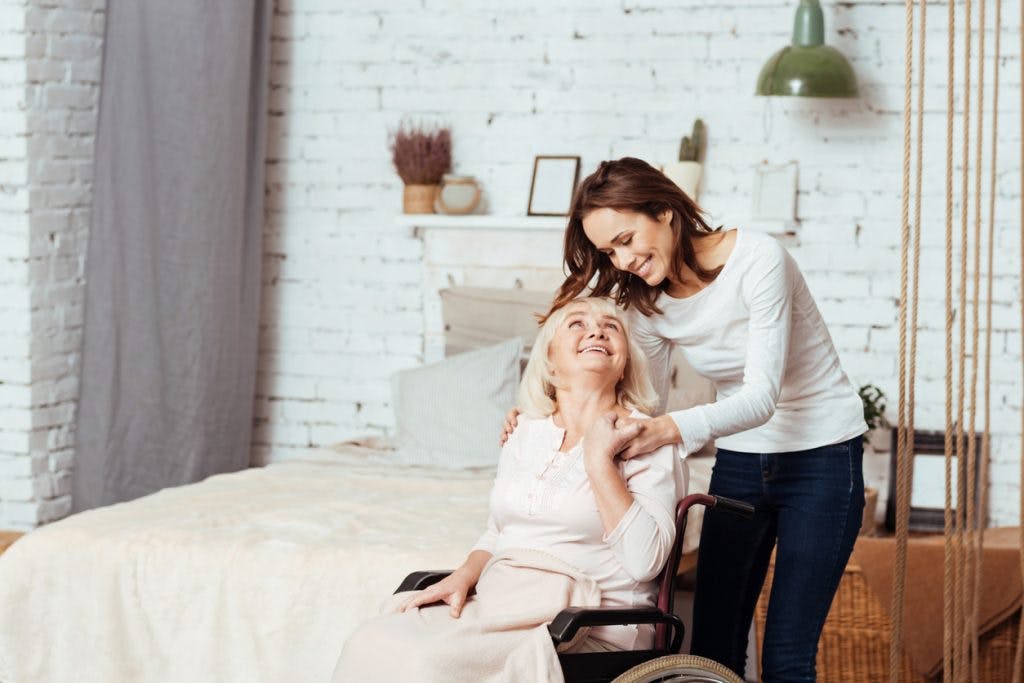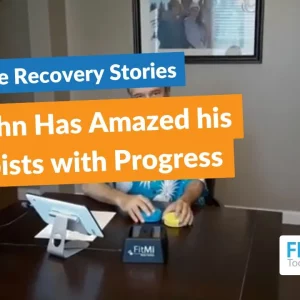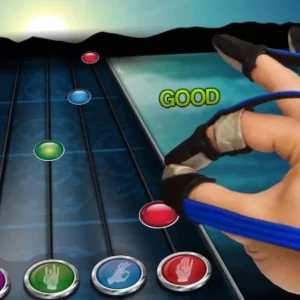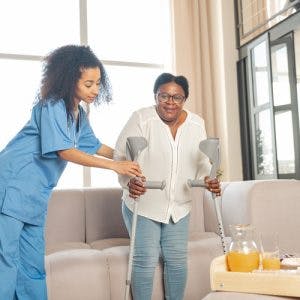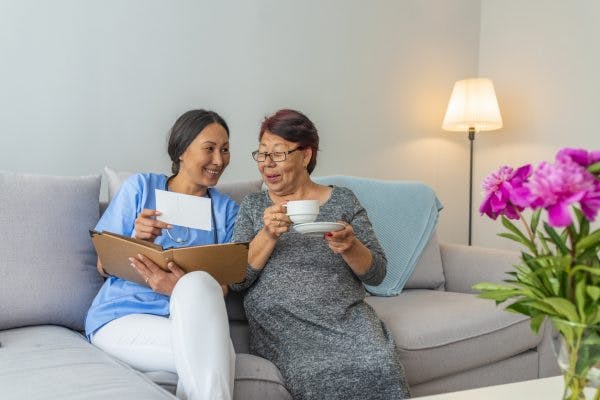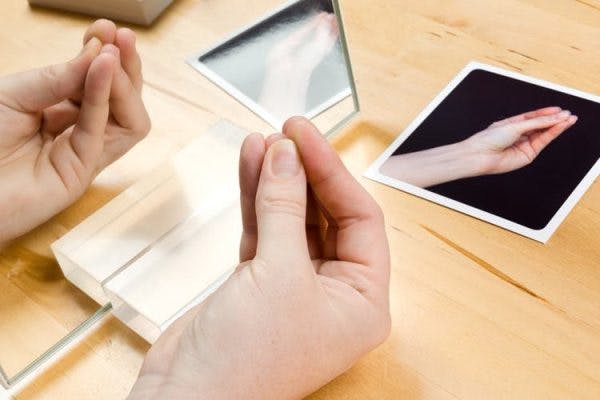Home modifications for stroke patients can help ease the transition back to everyday life and reduce the risk of a fall after a stroke. The purpose of home modifications for stroke patients is to make life after stroke as easy and safe as possible so that patients can regain their independence, and caregivers can safely assist them.
They should help make activities of daily living like bathing, getting out of bed, eating, toileting, and grooming simple.
15 Home Modifications for Stroke Patients
These home modifications will be most useful for stroke patients experiencing impaired motor control, lack of balance, or poor memory.
1. Doorknob Extenders
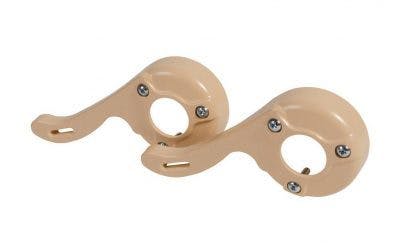
If your doorknob doesn’t already have a handle, consider doorknob extenders. They easily attach to your doorknob and create a lever so that you don’t need to twist the knob to open it.
2. Tub Transfer Bench
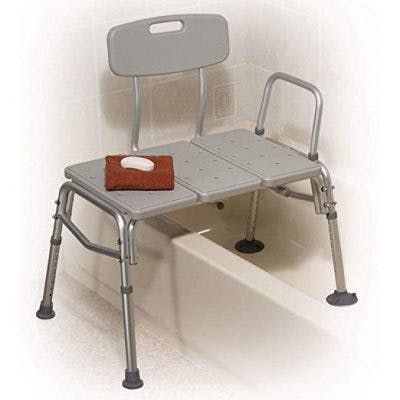
Adding a tub transfer bench to your bathtub will make it easier for you to get in and out of the tub, without stepping over a high step in a slippery environment. While standing outside the tub, sit first and then swing your feet over the edge into the tub.
This device allows you to shower seated while using a handheld shower head. Try to find one with an attached bar on the side to hold onto for extra support when you reach for products like shampoo!
3. Rails/Grab Bars
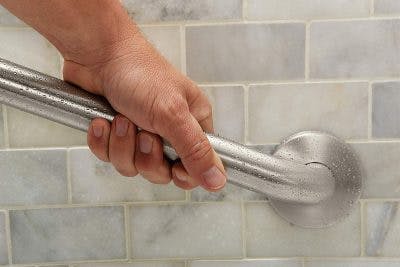
The purpose of rails and grab bars is to help you stay balanced as you move from place to place. You can install one by your toilet, in your shower, near your bed, near your seats, or by your stairs. Your occupational therapist can give you advice for best placement of the bars.
4. Shower Hoses
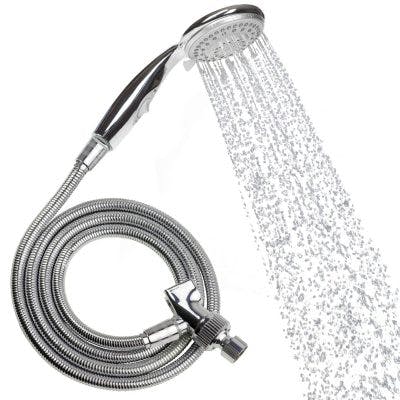
Shower hoses allow you to move the shower head around. This is very useful for those with limited movement who need to sit while showering or bathing, and it can also be helpful if a caregiver is assisting them.
5. Non-slip Bath Mats
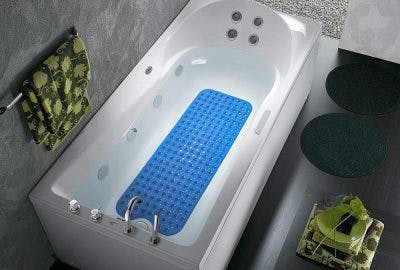
Non-skid bath mats help stabilize you so you won’t fall on slippery bathtub or shower floors. They have suction cups to keep them in place, and a textured surface allows for better grip. However, in some cases, the suction can weaken from mildew and soap residue, leading to slippage and problems.
This is why an adhesive tread like the one pictured below is an even better option for showers and bathtubs. These are easily installed, and the high-traction stair treads provide resistance to slipping while wet.
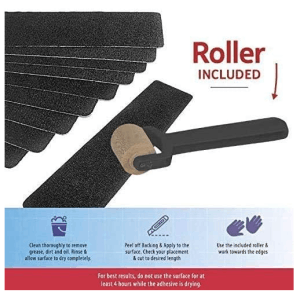
6. Night Lights
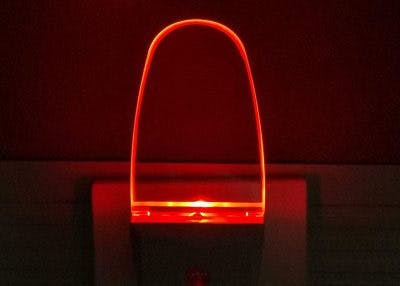
Ever wake up in the middle of the night and try to navigate yourself in the dark to get to the bathroom? Turning on a bright light in the middle of the night makes it harder to fall back asleep, which is why many of us would rather risk bumping into a few things in the dark than turning on a light.
Stroke survivors should not try to walk around in the dark because it increases their chances of falling. Instead, set up red or orange night lights throughout your home to guide you to the bathroom. Red and orange light will not disrupt your internal clock the way white or blue light does.
7. Remove Most Rugs
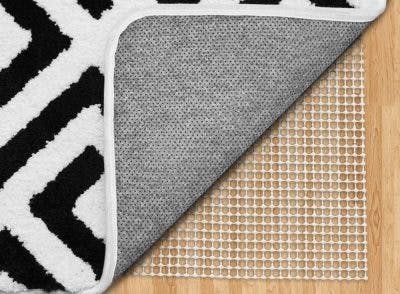
Rugs in the home are often trip hazards for individuals with low step clearance. A home modification for stroke patients is to remove unnecessary throw rugs in the home. When this is not possible, some low-profile rugs can be made safe with sufficient non-slip backing.
One way to ensure there is some grip on the bottom of your rugs is to use non-slip adhesives or rubber pads as shown in this photo. Make sure these provide enough traction to keep the rug in place. Keep in mind that it is best to remove rugs if you use a walker or if your step clearance is reduced.
8. Clear Walkways
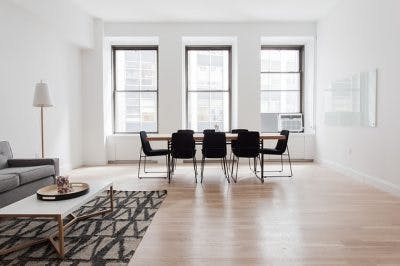
Clear frequented walkways of items that could potentially get in your way like furniture, toys, and cords. Stroke survivors who use wheelchairs will need clear, spacious walkways while those who ambulate (walk) will want to reduce the risk of tripping on clutter in the home.
9. Locks
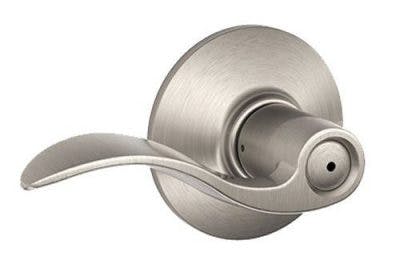
Consider getting rid of doorknobs with locks or at least get into the habit of not locking the doors inside your house. If you ever fall or need help, your caregiver won’t be able to reach you quickly.
10. Raised Toilet Seats or Bedside Commodes
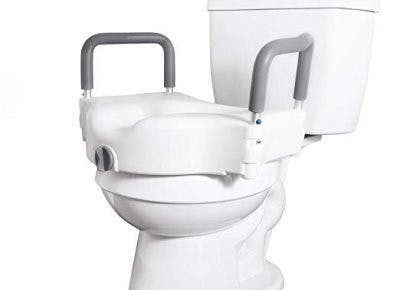
Raised toilet seats will make it easier to get on and off the toilet for stroke survivors who have weakness in their legs. You can even find some that come with armrests to assist you with standing or sitting.
Bedside commodes allow you to use the toilet without having to travel far into the bathroom, but they can also be placed over the toilet once you are more mobile. Your Occupational Therapist should advise you on which type of toileting device (if any) is appropriate for you.
11. Soap Dispensers
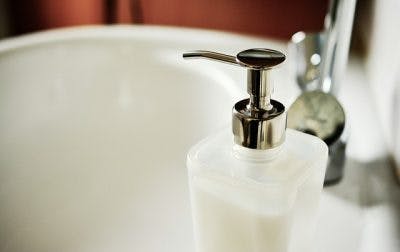
Rather than using bar soap or squeeze tubes, try to get soap dispensers with pumps or, even better, electric soap dispensers, which only require you to place your hand under a sensor. Sometimes, these simple modifications help you conserve energy to be more effective in more meaningful parts of your day.
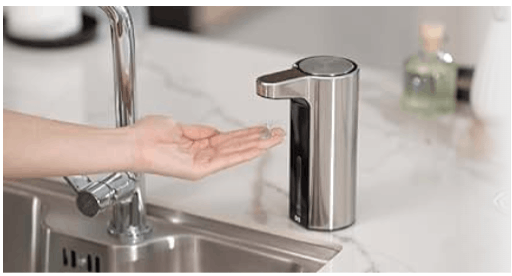
12. Ramps

If you use a wheelchair, consider getting a portable ramp, which can be rented or purchased. They’re easy to set up when you need them and can fold for convenient storage.
Try to find one with anti-skid tread so that there’s sufficient traction for larger grades. Please consult with your physical therapist about an appropriate size and type of ramp for your home entrance.
13. Open Shelves
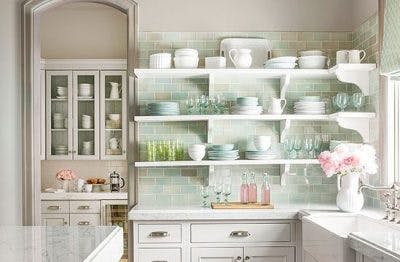
Open shelving is in style and can be a fabulous home modification for stroke patients. For stroke survivors with memory problems, having objects in plain sight and within reach is helpful. But, even for patients with balance challenges, it requires less stability to reach once for the object you need.
14. Closet Racks
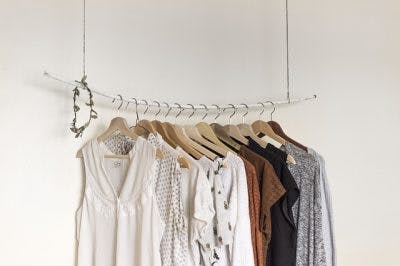
Similarly, it is best to have most of your clothes hanging. A closet rack or rail to hang all your clothes is better than using drawers. Drawers become messy and searching through stacks of clothing to find what you want to wear is a challenge for any stroke survivor.
15. Cord Covers
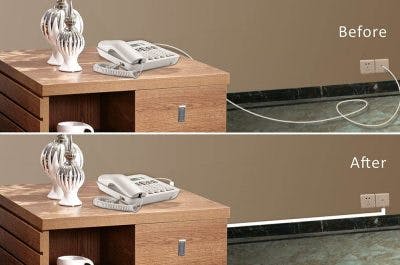
Loose cables and cords are major tripping hazards. One of the simplest home modifications for stroke patients is to tape down or find a cable cover that can be mounted onto your wall for all those loose cords.
Things to Consider Before Adding Home Modifications for Stroke Patients
Whether you are recovering from an ischemic or hemorrhagic stroke, home life will be different – at least in the short term. Before adding home modifications for stroke patients, ask yourself:
- Is there enough space? Can your wheelchair or walker fit?
- Will this modification confuse you?
- Can you reach what you need without straining?
- Is an activity too tiring? If yes, it must be modified.
- Will this modification allow you to have better balance?
It’s also a good idea to have your occupational therapist visit your home to point out what may need to be changed and the best ways to do it. If a home visit (home safety evaluation) is not possible, you can also provide them with photos of your home to allow them to guide you.
Hopefully, these home modifications for stroke patients gave you some good ideas for making life after stroke more convenient and safer.

